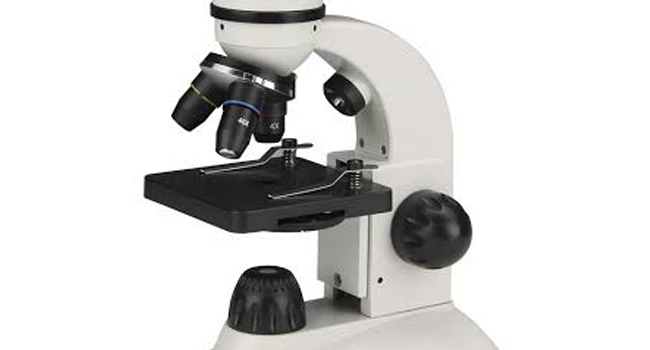What Are The Parts Of A Microscope? Parts And Functions
PARTS OF A MICROSCOPE – In this topic, we will now know and identify the parts of a microscope and discuss each of their functions.

As mentioned before, a microscope is an instrument used to look at objects that are way too small to see by the naked human eye. It was invented by either German Dutch Johann “Hans” Lippershey or the father-son duo Zacarias and Hans Janssen.
Parts
Here are the following parts, according to a Environmental Information:
- Eyepiece Lens
- These are the lens located at the top of the microscope where you look through. These lens are can magnify small objects 10x to 15x.
- Tube
- This part connects the eyepiece lens to the objective lenses.
- Arm
- This supports the tube and connects the tube to the base.
- Base
- This is the bottom part of the microscope which is used for support.
- Illuminator
- It is a steady light source which is used in place of a mirror. There are microscopes with mirrors that are used to reflect light from the external light source up to the bottom of the stage.
- Stage
- This is where you place the slides. The stage has clips to hold the slides in place.
- Revolving Nosepiece | Turret
- This is where objective lenses are held and rotats them to change power.
- Objective Lenses
- The microscope has 3 to 4 of these lenses which consists of 4x, 10x, 40x, and 100x powers. Couple it with the eyepiece lens and you can magnify the object with 40x, 100x, 400x, and 1000x more.
- Rack Stop
- An adjustment that tells how close the objective lens can get to the slide.
- Condenser Lens
- Used to focus the light right to the specimen and are only useful at 400x and above.
- Diaphragm | Iris
- These have rotating disk under the stage. This part has different sized holed and is used to vary the intensity and size of the cone of light that is projected upward into the slide.
